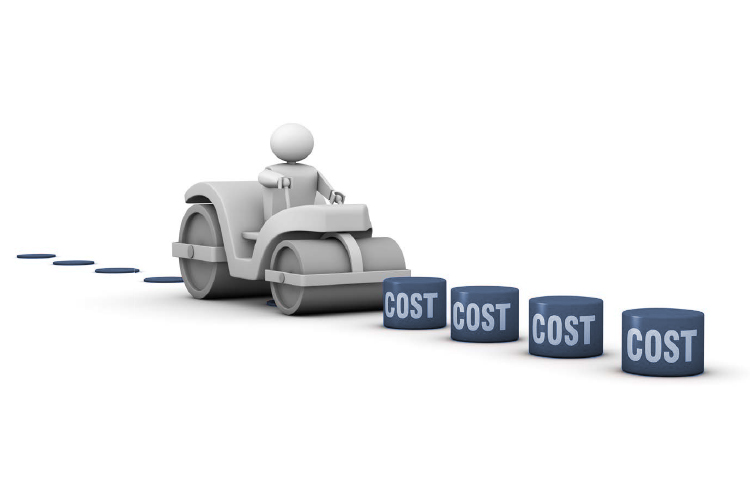
| Date Published | April 27, 2017 |
| Company | Grifftihs Sheppard Consulting Group |
| Article Author | Jeff Griffiths |
| Article Type | April 2017 Issue |
| Category | Articles, Business |
| Tags | Consulting, Cost-Cutting, E&P, Procurement Practices, S&S |
| HUB SEARCH | OilfieldHUB |
Sometimes, in a tight market, the things you think are saving you money are actually increasing your costs. Procurement is one of those areas. Small businesses, in particular, try to preserve cash in ways that ultimately wind up costing more than they bargained for. It starts with the recognition that the per-item cost is usually somewhat less than the real, actual cost. How much more depends on a number of internal and external factors.
PENNY WISE, POUND FOOLISH
I once worked for a company whose owner was firmly in the “penny wise, pound foolish” camp. Part of the business involved printing, binding, and shipping manuals (loose-leaf binders full of useful (we hoped) information) to clients. Sending the document electronically to a professional print shop for production and shipping was dismissed as “too expensive”. Instead, a part-time staff member would print the necessary materials on a couple of leased photocopier/printers, manually put the binders together, box them up, print out shipping labels, load the whole mess in a vehicle, drive a half hour to the nearest town with a Purolator outlet, unload, wait in line, process each shipment manually with the staff at the courier outlet, get the invoice, drive the half hour back to the shop (car empty), and process the invoice into the AP system. The time spent was a few hours a week at the prevailing minimum wage.
The cost of having it all done by a commercial printer (including the shipping) was a few cents a page more than the per-page cost of printing in house, but the TOTAL cost of the money saving approach was nearly twice as much as doing it professionally. And, the commercial documents looked better too.
That company saved themselves all the way into bankruptcy.
TIME IS MONEY
It’s enticing to hunt diligently for the ‘best price’ on everything, and for sure, you need to be laser focused on not paying too much. However, it can backfire when an obsession with cost means the business owner spends hours to save a small percent on items. Let’s say you are worth $50/hr (most PULSE readers are worth considerably more). Spending an hour of your time trying to generate a few pennies of per-unit savings on supplies more than makes up for the discount. Be smart.
AUTOMATE
Working with a supplier that has automated ‘one-click’ systems may cost a bit more per unit, but again, if you need to spend time on the phone to place an order manually or fill out a form to fax (fax?!?! Do people still use those things?), have you really saved anything? Automating the procurement of consumables and putting the responsibility for replenishment as far down the line (ideally in the hands of the supplier themself) will free up management time for more strategically important work.
DO YOU REALLY NEED THAT?
One of the key tenets of lean thinking is taking a good hard look at every step in the value chain and asking, “Is this really necessary?” I’ve written in these pages before about the need to conduct value stream mapping in organizations to really understand where waste occurs AND THEN TAKE THE ACTION TO ELIMINATE IT!
A client of ours was a “build to print” organization that carried enough raw materials inventory to guarantee delivery of any item in the catalogue within two weeks. The warehouse was considerably bigger than the production floor. Many items that were carried in inventory had lead times of only a few days and often could have been ordered and received in a ‘just-in-time’ fashion before the customer’s order was scheduled to be put into production. Eliminating these short lead time items from inventory and adjusting delivery guarantees for items with longer lead time components resulted in a 50% reduction in inventories (and carrying costs), more than 50% reduction in the square footage required for warehouse space, and NO issues with customer satisfaction. They were also able to improve the overall margins on the products. It’s something to think about.